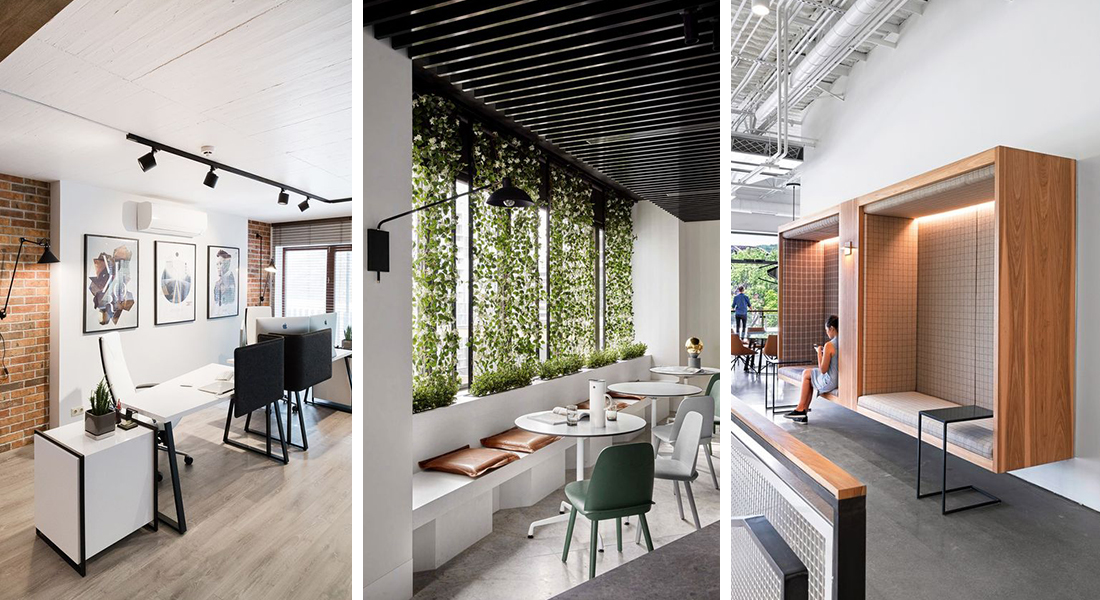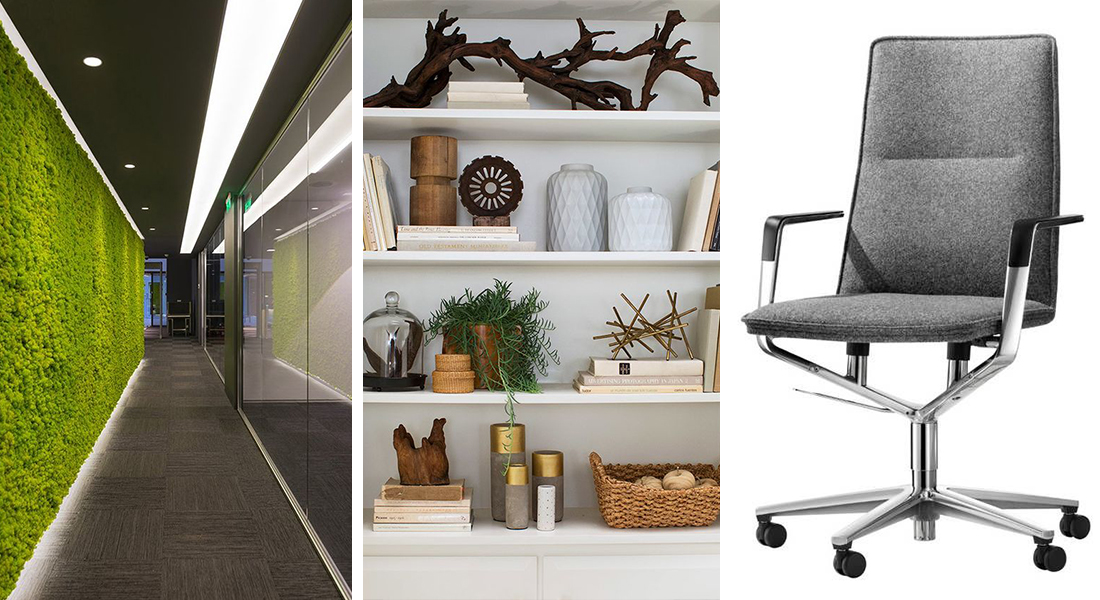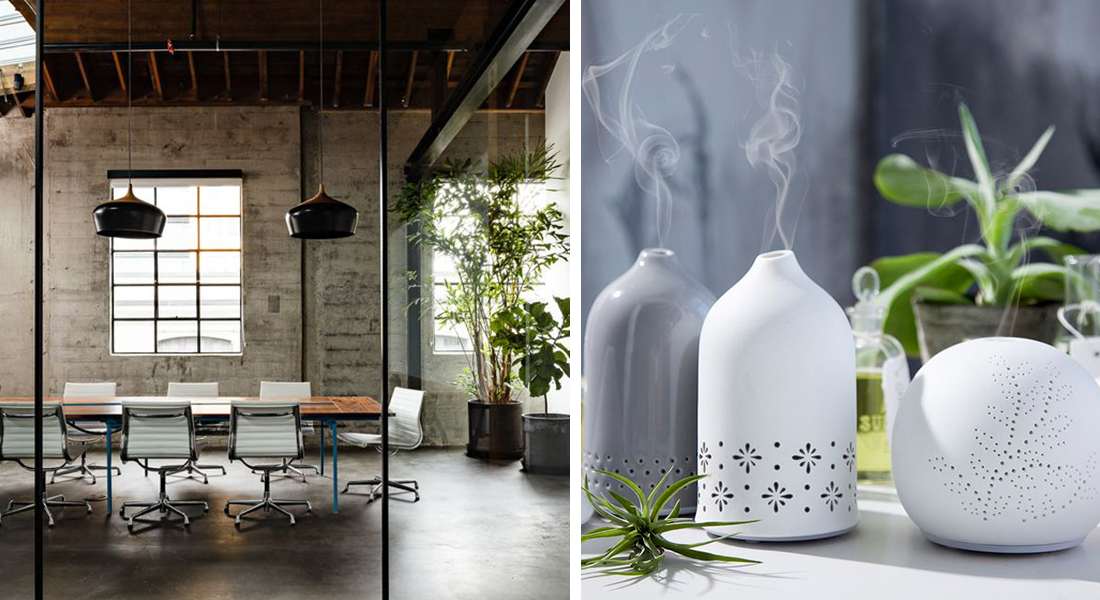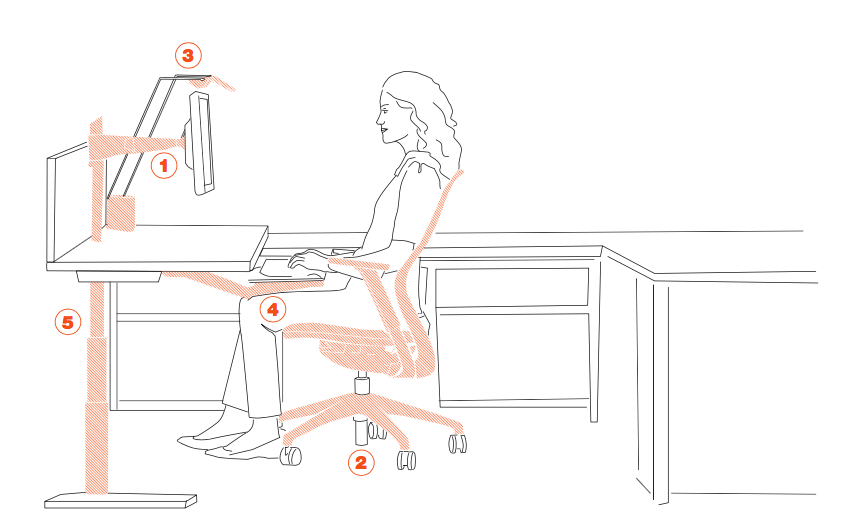
Why a Sense of Space is Critical for your Success
When you spend long days at the office, you learn to appreciate organised, unique and beautifully designed workspaces. The interior design of your office can not only breathe new energy and life into your company, but it can also have serious consequences for the psychological well-being and creative performance of your employees.
The ideal work environment now is very different from what it was a few years ago, and a broad set of dimensions need to be considered when designing your office. Here are some reasons for why office interior design is so important to the success of your business and some aspects to consider in order to improve the design.

Focus on all senses
We tend to think that interior design is all about the visuals. However, designers and researchers are realising that in order to create the optimal work environment, the focus should be distributed between the other four senses as well. People are most effective and engaged when the information we receive from our senses is carefully considered and balanced against the types of actions, decisions, and creations we wish to make.
For every sense, there are certain techniques that can be incorporated to ultimately create the optimal workplace environment. For sight, the focus can be placed on lighting, shapes, art and colours. Décor elements may also be used to enhance the effect of sounds in the workplace. For example, a very quiet office is not necessarily the way to go, and elements such as soft music or indoor water fountains can help to promote tranquillity, which can affect the way in which employees work.

Bringing certain smells into an office space can also have an immediate effect on the atmosphere. Specific scents can be brought into the workplace through fragrance oils, potpourri or even fresh flowers.
To appeal to employees’ sense of touch, textiles play an important role. When it comes to the materials used in your office, the focus shouldn’t only be on whether they match the rest of the office and how they look. It’s also about how they feel, what they remind people of and how they will impact the feeling of that room. Natural materials, objects and images such as wood, plants or natural landscapes are particularly useful as they possess an innate richness and have the ability to warm up a room.
Taste is probably the sense that’s most difficult to appeal to with interior design! However, smell is a useful gateway sense for taste, and also our strongest linking sense to memories and emotions. By using fragrant elements, employees’ productivity can be triggered and heightened.

Image by Knoll, an ergonomic setup
Create a perfect workspace with workplace ergonomics
Given that so much time is spent in the office, providing your employees with an ergonomic workstation will ensure the wellbeing of the team. Workplace wellbeing is optimised through employing a holistic approach to designing the environment. However, this is not as easy as it sounds and the following factors are just a few that require consideration:
- Desk (height, size, material)
- The size of your work surface
- Lighting
- Placing of key objects (phone, door bell)
- Office seating (desk chair and office furniture)
- Storage needs
- Technology support and accessories
A truly ergonomic office increases attraction, retention and engagement, while simultaneously fostering employee health, satisfaction and productivity. Designing a workplace is much more complex than you might expect, and that’s why we’re here to help.
Contact us for a consultation to discuss how we can work with you to optimise your work environment.
